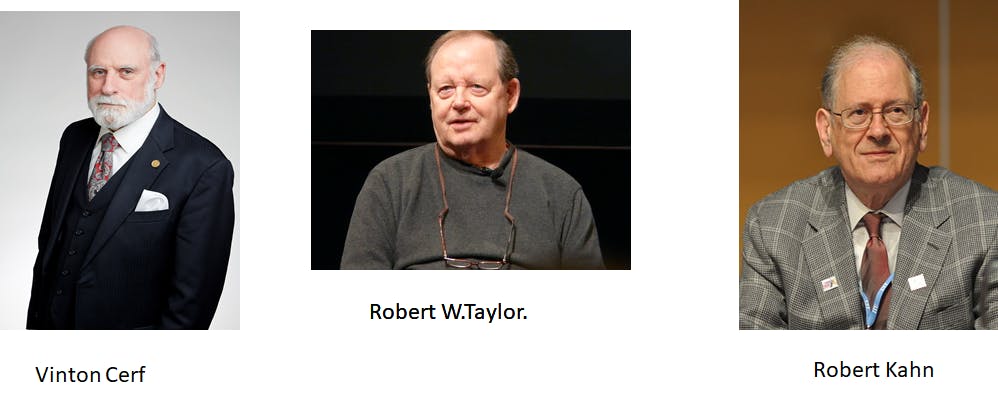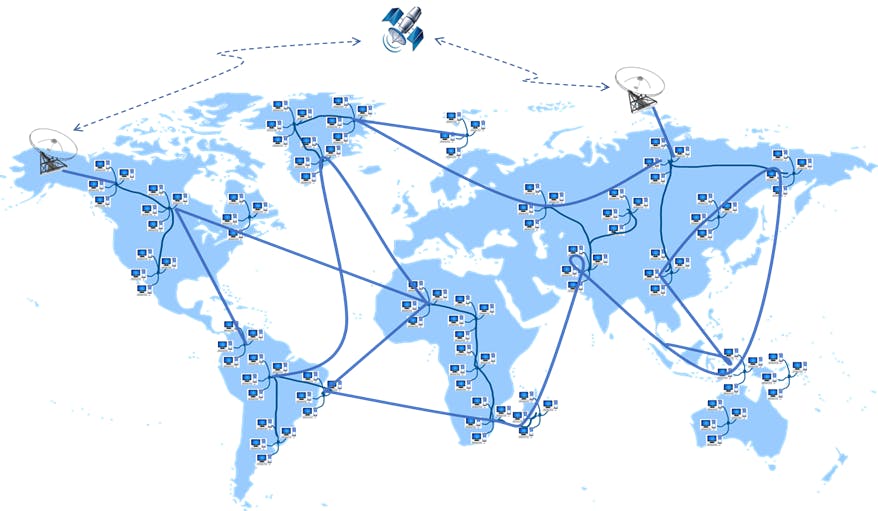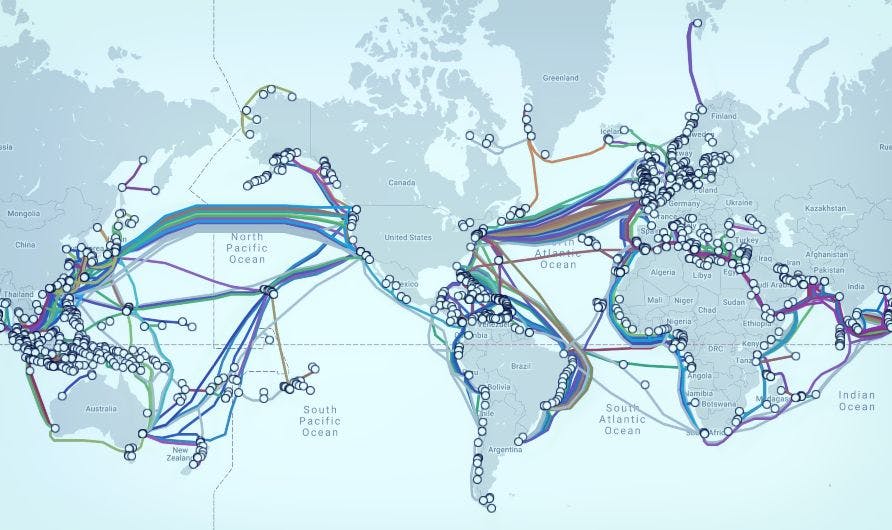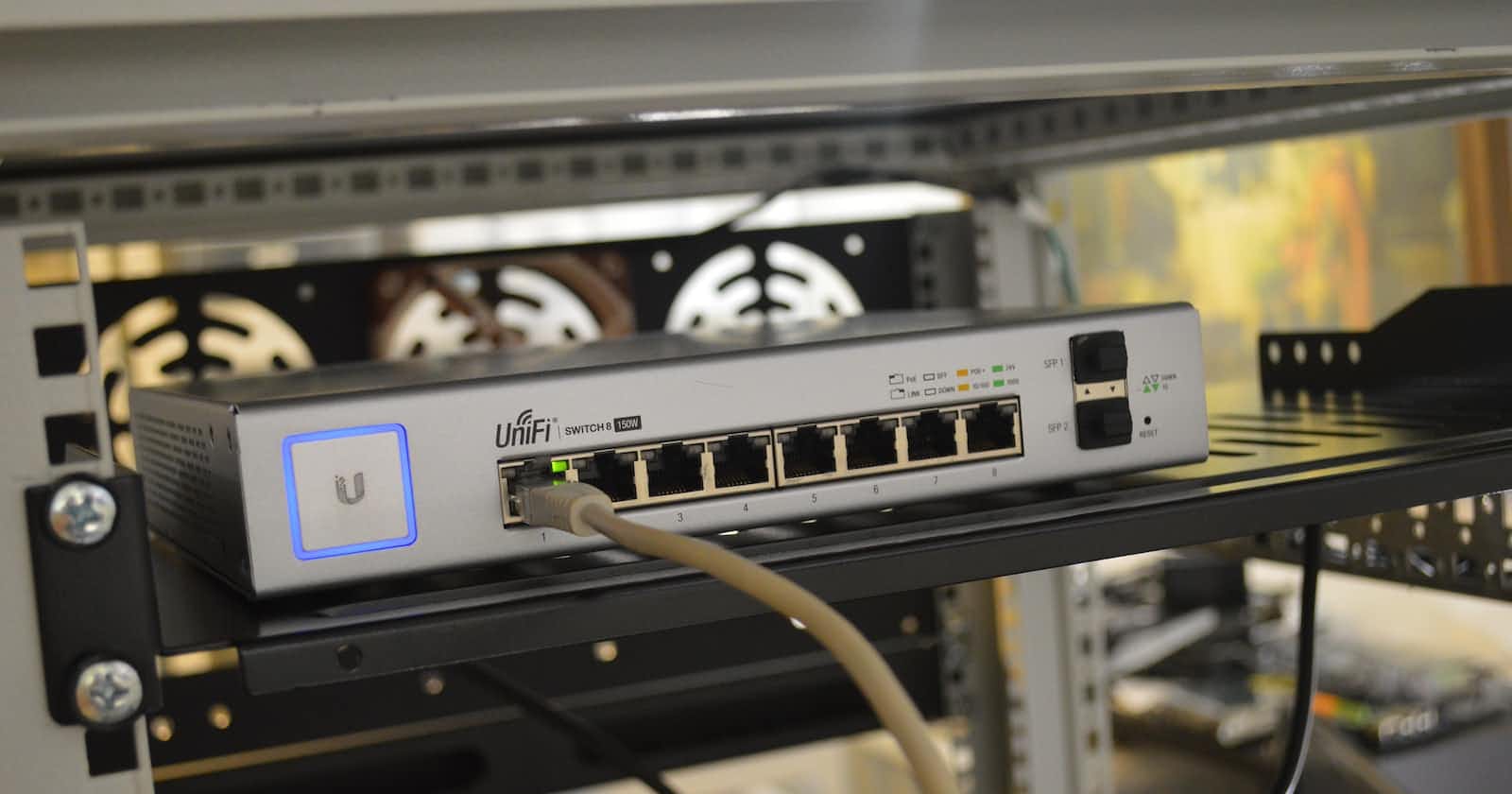Have you ever wondered what the Internet is? or specifically about the technologies that exist when you stream a video or message a friend via WhatsApp or Facebook? Or perhaps you may have also wondered how these technologies work, and who owns and maintains them. Or maybe you just desire to kick-start your career in tech. Then this article is for you.
The Internet is the interconnection of computer networks across the globe. A computer network is a collection of computing devices connected using wireless or wired channels for purposes of sharing data. In a computer network, computing devices operate through rules also known as protocols. These protocols enable the safe, timely and smooth exchange of data. Data sharing is done through software applications that are installed on computing devices. Some of the applications that run on the Internet include whatsapp, Instagram, tiktok and facebook. The Internet is developed and maintained by individuals and organizations that set operating standards and develop technologies which form the Internet.
Origins of the Internet

The Internet traces its origins in the 1960s in the United States of America. It was conceived to connect various research networks in the USA and Europe. Some of the key individuals in the initial development of the Internet include Leonard Kleinrock at MIT, Paul Baran at Rand Institute, Donald Davies and Roger Scantbury. Other key figures include Robert W. Taylor, who led the development of the ARPANET which is an early prototype of the Internet, and Vinton Cerf and Robert Kahn, who developed the Transmission Control Protocol/Internet Protocol(TCP/IP) technologies, one of the key protocols on the Internet.
Who controls the Internet

The Internet is developed and maintained by individuals and organizations that set the operating standards and develop technologies that form the Internet. From its inception, the Internet was controlled by the United States government. Today the Internet is controlled by no single entity. There are several stakeholders key in maintaining and developing the Internet. Among other duties, these stakeholders make sure that the Internet stays open and free. Some of these stakeholders include the IETF, the Internet Society (ISOC), and the Internet Corporation for Assigned Names and Numbers(ICANN).
The computer network

The Internet is an interconnection of computer networks that are located in various geographical locations across seven continents. A computer network is a collection of computing devices that are connected to share data. These devices can be phones, computers or printers.
A connection of devices on a computer network is achieved through the use of copper wire, fiber optic cables or radio spectrum.
A computer network forms the smallest unit of the Internet. A computer network can span a home, an office, a city, a country, and a continent. Computer networks are categorized according to their sizes. These include Personal Area Network(PAN), Local Area Network (LAN), Metropolitan Area Network(MAN) and Wide Area Network(MAN).

For instance, if you have a laptop computer connected to your mobile phone, media player or a play station for personal use within an area of 30 feet, you have created a PAN. On the other hand, a LAN is a group of computing devices connected in a small area like a building or an office. Usually a connection of two or more computers using a twisted pair or a coaxial cable. A MAN covers a larger geographical location by interconnecting different LANs.

A WAN spans over a larger geographical area through fiber optic cables or satellite links. A WAN can span states, countries or continents.
The Internet is the biggest WAN in the world.


